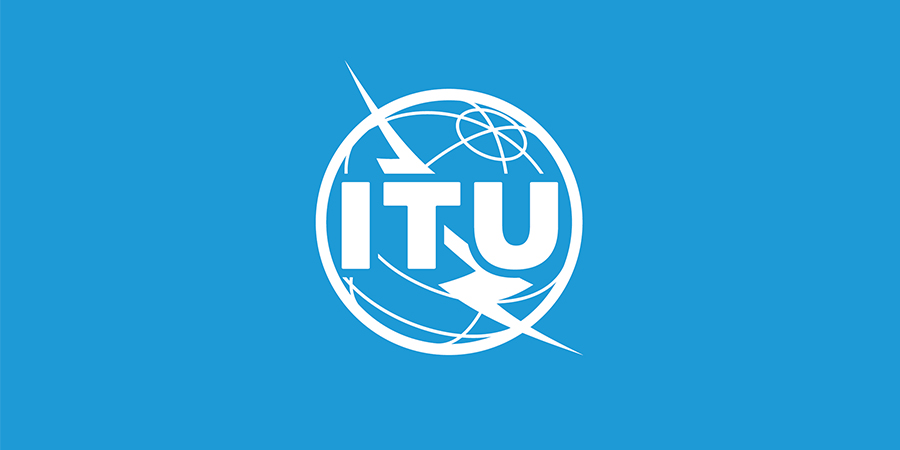Known as DECT 5G-SRIT, ITU approved a fourth technology as part of the ongoing standards development for 5G mobile services. The new technology supports a range of uses, from wireless telephony and audio streaming to the industrial Internet of Things (IIoT) applications, particularly in smart cities.
ITU published the specifications for the new technology as recommendation ITU-R M.2150-1, which was added in the first revision to ITU's key recommendation IMT-2020. This reflects continual consultation and discussion among governments, companies, regulators, and other stakeholders dealing with radiocommunication worldwide.
Along with fostering connectivity across borders, ITU promotes the global rollout of 5G as a key driver to achieve the UN's 17 sustainable development goals (SDGs).
“New and emerging technologies like 5G will be essential to build an inclusive, sustainable future for all people, communities, and countries," said ITU's secretary-general, Houlin Zhao. “Under the ongoing international mobile telecommunications or IMT programme, our diverse global membership continues its long-standing contribution to advance broadband mobile communications, furthering our mission to leave no one behind in connecting the world."
A new radio interface technology
The DECT 5G-SRIT is designed to provide a slim but strong technical foundation for wireless applications deployed in a range of use cases. The European Telecommunications Standards Institute (ETSI) laid the essential groundwork jointly with the DECT Forum, a worldwide association of the digital enhanced cordless telecommunications (DECT) or wireless technology industry.
ITU's radiocommunication director, Mario Maniewicz, said, “The highly collaborative process involves substantial input from and coordination with the ITU member states, equipment manufacturers, network operators, standards development organizations, and the academic community. ITU provides a unique global framework to discuss the capabilities of new radio technologies."
Andreas Zipp, chairman of the DECT Forum, welcomed the addition of the new technology to IMT-2020. “Inclusion as part of ITU's global 5G standards affirms the significance of this technology moving forward," he said.
Based on the requirements set out in ITU's evaluation process, the radio interface technology demonstrates worldwide compatibility in terms of operation, equipment, and roaming. It also addresses the ultra-reliable low latency (URLLC) capability stipulated by IMT-2020 – the underlying global coordination framework for so-called 5G services.
On a separate note, the next world radiocommunication conference (WRC-23) hosted by the United Arab Emirates will address further aspects of IMT systems, among other topics.
“Even as 5G becomes mainstream, research is well underway into the next generation of mobile networks," secretary-general Zhao said.










